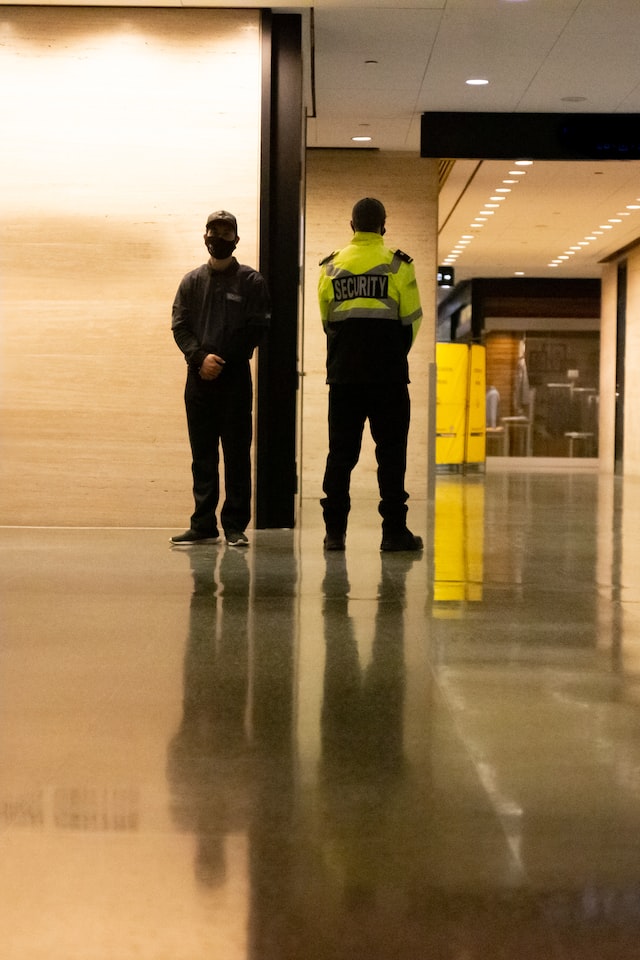What's the Difference Between 'Accompanied By' and 'Accompanied With'?
In this blog post we look at when to use accompanied by and when to use accompanied with.
'Accompanied By' or 'Accompanied With'?
"Accompanied by" and "accompanied with" are two phrases that are often used to indicate that something or someone is accompanied by something or someone else.
"Accompanied by" is the correct phrase to use in this context. It means to be accompanied by someone or something, or to have someone or something accompany you.
"Accompanied with" is not a correct phrase. It is a common mistake that is made by people who are trying to use the correct phrase "accompanied by," but it is not grammatically correct.
In summary, the correct phrase to use to indicate that something or someone is accompanied by something or someone else is "accompanied by."
For example:
-
She traveled to the conference accompanied by her colleagues. (Her colleagues accompanied her on the trip.)
-
The concert was accompanied by a live orchestra. (The orchestra accompanied the concert.)
Examples of Accompanied By in a Sentence
Here are ten example sentences using the term "accompanied by": She traveled to the conference accompanied by her colleagues. The concert was accompanied by a live orchestra. He arrived at the party accompanied by his girlfriend. The exhibition was accompanied by a series of lectures. She gave a presentation accompanied by a slideshow. The movie was accompanied by a soundtrack. He went on a hike accompanied by his dog. The parade was accompanied by a marching band. She performed a dance accompanied by live music. The tour was accompanied by a guide who provided information about the sights.

